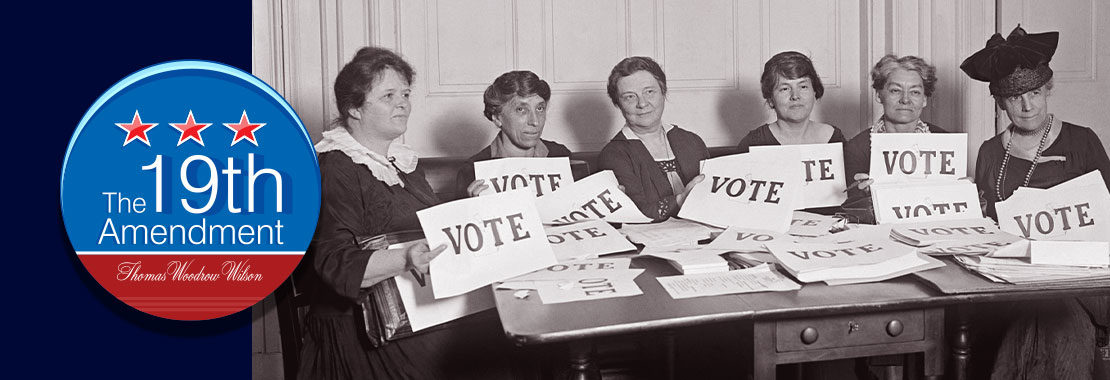Author: Emily Farris, Texas Christian University
Though it might seem like there’s not much to celebrate in 2020, it is a historic year. August 19, 2020, marks the centennial of the passage of the 19th Amendment, guaranteeing that the right to vote could not be denied on the basis of sex.
Dr. Heather Ondercin and Dr. Ellen Key at Appalachian State University, edited a symposium in PS: Political Science & Politics on Women’s Political Involvement in the 100 Years since the Nineteenth Amendment.
Here’s how you can incorporate the topic into your own course, using the symposium content along with a few strategies guaranteed to foster student discussion:
Pair with Chapter Readings
These short pieces are excellent additions to a syllabus for Introduction to American Politics and pair well with a textbook chapter reading. I often pair textbook chapters with shorter readings for my students. For instance, students might read about political participation from the textbook for our Tuesday class and then an applied or extension reading for class on Thursday.
Try the “Jigsaw” Method
In the past, I’ve used short academic articles, podcasts or news articles and thought pieces (Teen Vogue has some excellent ones) to bring the coursework to life for students. Another way to cover more content is to use the classroom strategy of a jigsaw, where students each read a different piece, then come together to teach each other the material.
Make It Relevant Through the Semester
I especially like that this symposium material could be covered throughout the semester, as topics relating to gender and intersectionality belong in all classes in an Introductory American Politics class, not just the week dedicated to civil rights.
The articles cover various topics: women’s political involvement over the past 100 years, women’s political fundraising, gender gap in children’s political interest, discrimination and oppression, intersectionality and legal protections for transgender persons.
More Ideas for Teaching the 19th Amendment
Dr. Ondercin and Dr. Key helpfully compiled a Twitter thread of ideas tied to the readings, including ways to incorporate them in your class and assignments.
For instance, to better understand how intersectionality matters for voting rights, as Dr. Celeste Montoya of University of Colorado, Boulder writes, try pairing the article with a class on campaigns and elections, political participation or civil rights and liberties. This could be used to further discussions on the groundbreaking case Shelby County v Holder, or to explore how Census Bureau data affects states differently.
Another resource to check out when planning your discussion is our gender discrimination infographic, which specifically highlights issues affecting college campuses. Check it out for additional insights—relevant especially for today’s students.

